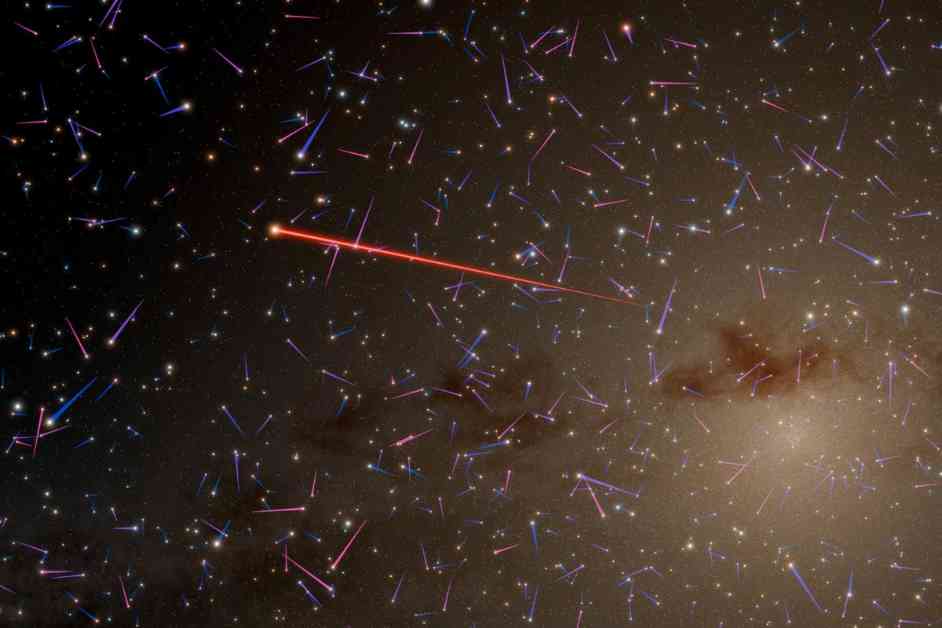An insane truth that has only been uncovered in the last few decades is that every huge galaxy out there in the universe has a supermassive black hole lurking at its core. People started suspecting this back in the 1980s, and thanks to the Hubble Space Telescope, which has been peeping into the hearts of galaxies all over the sky, it has been confirmed. Regular black holes that form when stars burst into smithereens typically range from five to around 100 times the mass of the sun, give or take. But these enormous galactic monsters are millions of times more massive, with some even ballooning to billions of solar masses.
A bunch of mysteries are still hanging around, like how these black holes popped up so early in the universe’s history, how they got so massive so quickly, and what role they played in shaping their galaxy. But one puzzling question that astronomers can’t shake off is: where does the trend of supermassive black holes in galaxies come to a halt? In simpler terms, is there a minimum galaxy size that can still host one of these behemoths? Clues to an answer are starting to emerge from an unexpected source: studies of rare stars zooming through our own galaxy at mind-boggling speeds.
Orbiting around our Milky Way galaxy are a bunch of smaller “dwarf” galaxies, some so tiny and dim that you need massive telescopes just to catch a glimpse of them. However, two of these dwarfs, the Large and Small Magellanic Clouds, are so big and nearby that they can be seen with the naked eye from the Southern Hemisphere. The Large Magellanic Cloud (LMC) is the larger of the two and it’s a bit unclear if it houses a supermassive black hole. If there is one chilling in the LMC, it must be inactive, which means it’s not chowing down on matter. When stuff falls towards a black hole, it creates a spinning disk of superhot plasma that can shine brighter than all the stars in the galaxy combined. Since we aren’t seeing this intense glow in the LMC, we’re not sure if there’s a black hole there just chilling or if the LMC is simply black hole-free.
But hold on to your hats, a recent study published in the Astrophysical Journal has some solid evidence that a supermassive black hole does indeed reside at the center of the LMC—based on measurements of star movements in our Milky Way! The study focused on hypervelocity stars, these are stars zooming through space at speeds way higher than their stellar buddies. Some of these stars are moving so fast that they’ve hit the galactic escape velocity, meaning the Milky Way’s gravity can’t keep them in check. In due time, they’ll dash out of the galaxy entirely. And there’s a good reason to believe that these runaway stars were flung out by supermassive black holes—but how did that happen?










